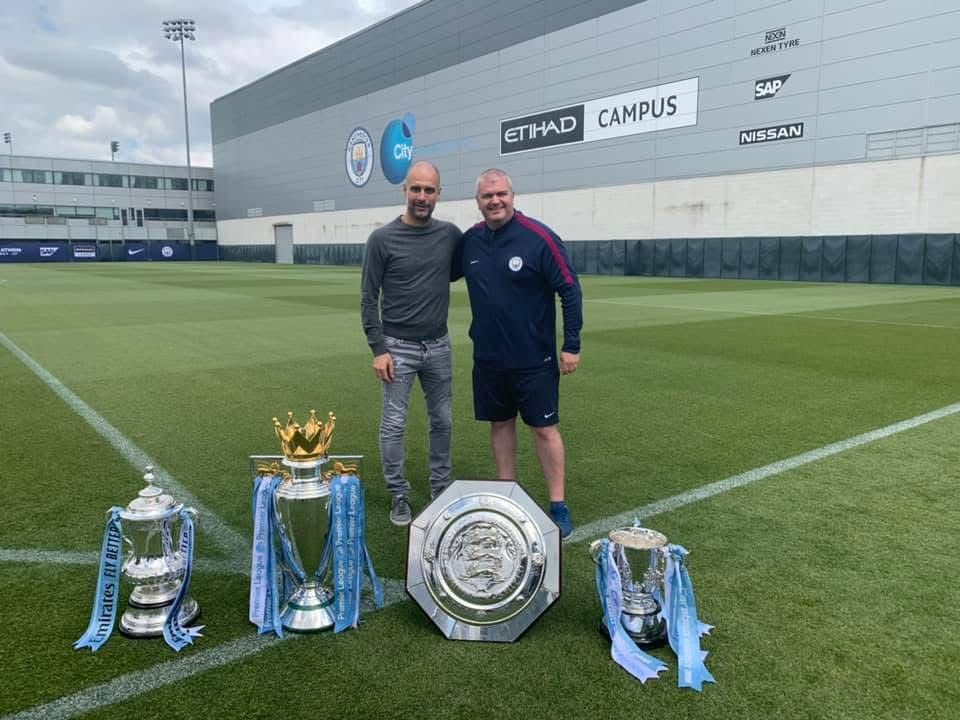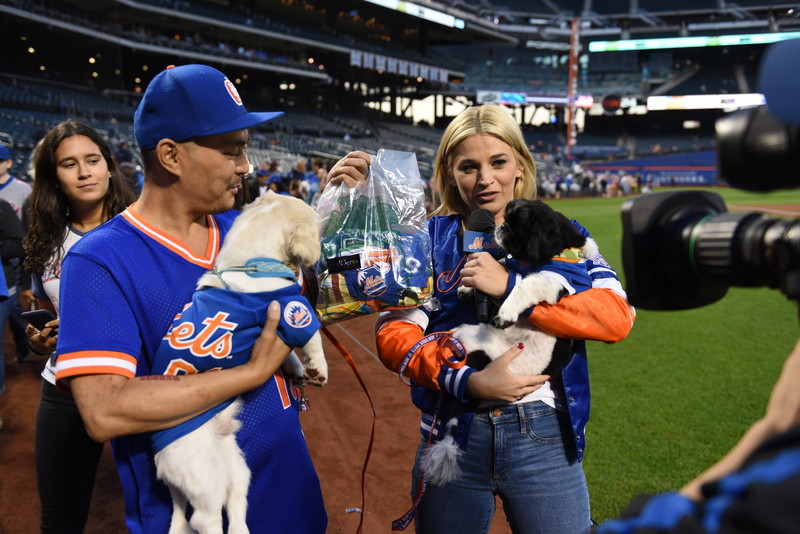Sidelines explores how some of sport’s little-known avian art – falconry – helps get sports venues ready for action.
High above the pitch, before a single whistle blows or a seat is filled, the real warm-up act begins.
A hawk slices through the early morning air, gliding between floodlights and stands, its presence enough to scatter the pigeons roosting in the upper tiers. To the casual fan, it’s an invisible performance. But for stadium operators, it’s essential maintenance, natural, efficient, and hundreds of years in the making.
As stadiums battle the constant threat of pest birds, droppings, damage and disruption, some are turning to an ancient practice with modern relevance: falconry.
Pigeons and gulls may not seem like much of a problem, coating seats in droppings or interrupting games. For stadiums, they’re expensive. Venues have tried just about everything to deal with these airborne irritants.
Netting and spikes are common but only prevent birds from landing in specific spots, rather than keeping them away entirely. Sound systems that play distress calls or predator noises work briefly, until birds learn to ignore them. Laser beams and ultrasonic devices are used in some venues, but their effectiveness varies. Chemical repellents, whilst an option, are messy and require regular reapplication. Drones show promise, too, but they’re noisy, need skilled pilots, and can’t match the natural threat posed by a real predator.
In the age of sustainability, falconry provides an eco-friendly and less annoying alternative to other pest control methods like chemical sprays, violent traps or shrieking sirens. These days, the most effective pest control might just come with feathers and talons.
Why falcons?
Rather than tricking birds into leaving, falconry taps into a fear they can’t ignore, a real predator.
Some of the UK’s most iconic stadiums rely on birds of prey to stay pest-free. Wembley Stadium uses hawks to sweep the stands before big matches, particularly in the off-season when pigeons are more likely to nest. Twickenham employs falconers to manage gulls and crows between events, whilst Wimbledon’s Harris’s hawk, Rufus, has become a celebrity at the Wimbledon Championships for patrolling Centre Court and deterring pigeons.
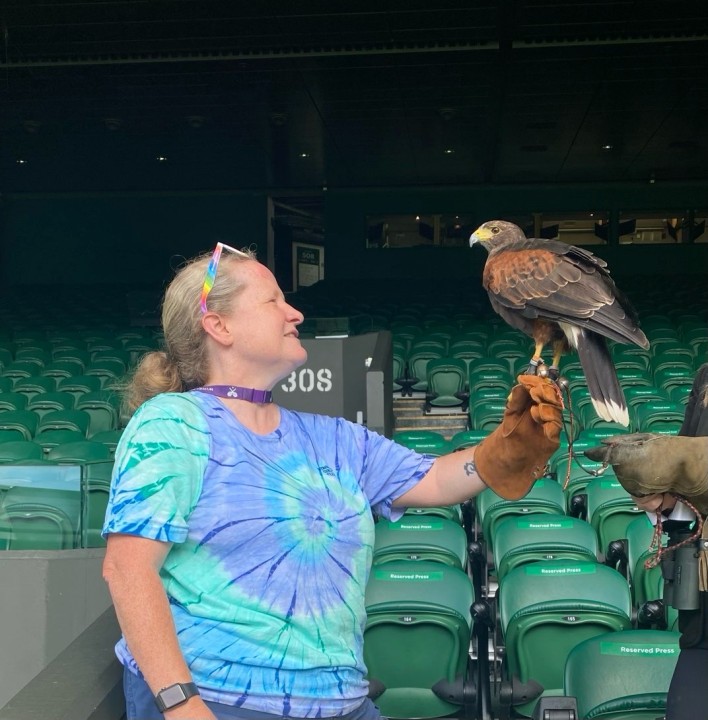
Despite what the term ‘birds of prey’ might suggest, falconry in pest control isn’t about hunting, but presence. As Andy Crowle, owner of Urban Wings Falconr,y explains, “The sight of a hawk gliding through the stands is often enough to send pest birds packing. Unlike fake owls or pre-recorded predator sounds, they don’t get used to it.”
Crowle and other falconers often fly species such as Harris’s Hawks, known for their intelligence, obedience and ability to stay calm in busy, human environments. Crowle says, “They’re ideal for stadium work.” They’re trained to fly specific routes, respond to signals and stay focused even when surrounded by loud music, food smells or the occasional leftover pie.
But Harris’s Hawks aren’t the only birds in the sky. Karl Roberts, an experienced falconer and owner of HF Pest Control, says, “We choose our birds based on the job at hand, each species brings its own strengths.” Peregrine Falcons are famed for their blistering speed, diving at over 200 mph, making them a powerful deterrent in open-air venues. Gyrfalcons, larger and more muscular, are used for their strength and ability to handle bigger prey. Meanwhile, Goshawks are known for their aggressive, fast-paced hunting style, ideal for tight spaces and quick response, according to Roberts.
Each bird plays a role in creating a natural threat that pest species instinctively recognise and avoid.
Falconry remains a traditional practice, old school even, but it works.
Meet the falconer
Behind every stadium hawk is someone making sure that it all runs smoothly. That’s where people like Karl Roberts come in.
Roberts has been a professional falconer for over 20 years. He’s worked at some of the biggest sporting venues in the UK, including Twickenham, Stamford Bridge, the Emirates and the London Stadium. His birds have patrolled everything from football pitches to racecourses, and among the standout moments in his career is working through the 2012 London Olympics, helping to keep the skies clear during one of the most high-profile events the country has ever hosted.
“Working at a big stadium is just like any other site. We turn up, we work out where the problems are, and that’s where we operate and fly the bird. The idea behind it is that we are introducing a live predator into a pest species’ area. Over time, that predator behaviour imprints onto those pest birds and they decide not to come back.”
Roberts didn’t always plan on flying hawks for a living. He was all set to head to university until a conversation around the kitchen table with his dad changed things. “Why go into thirty grand of debt,” his dad said, “when you could go self-employed and do what I do?” His father had already built a successful career in falconry, starting out with a larger company before spotting a gap in the market and launching his own pest control business. Roberts decided to follow in his footsteps and over 20 years later, he’s still helping keep our stadiums bird-free.
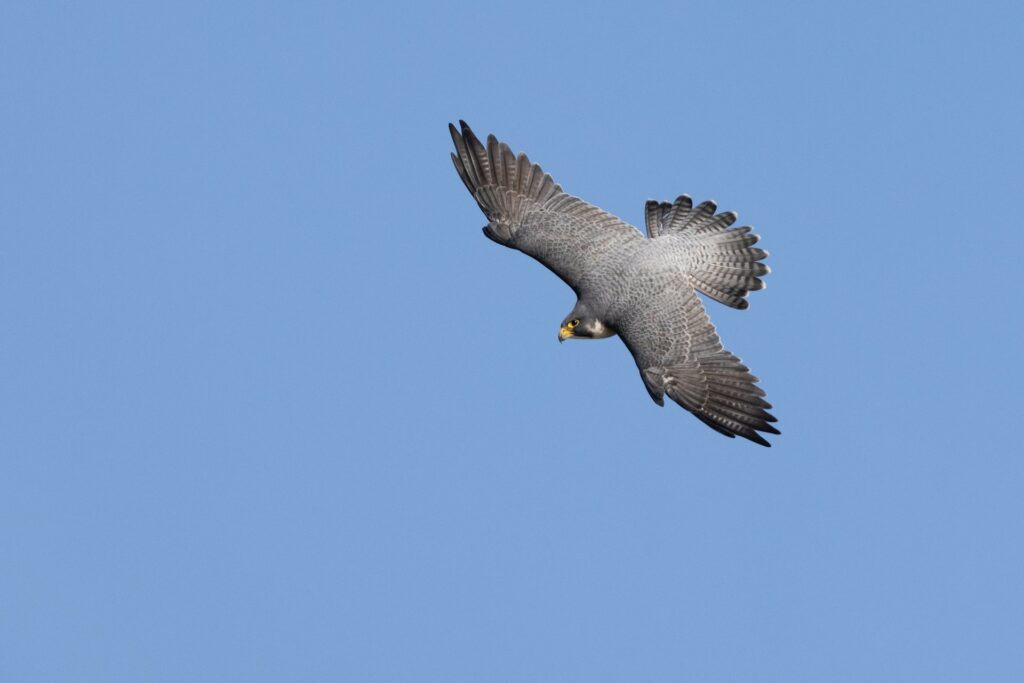
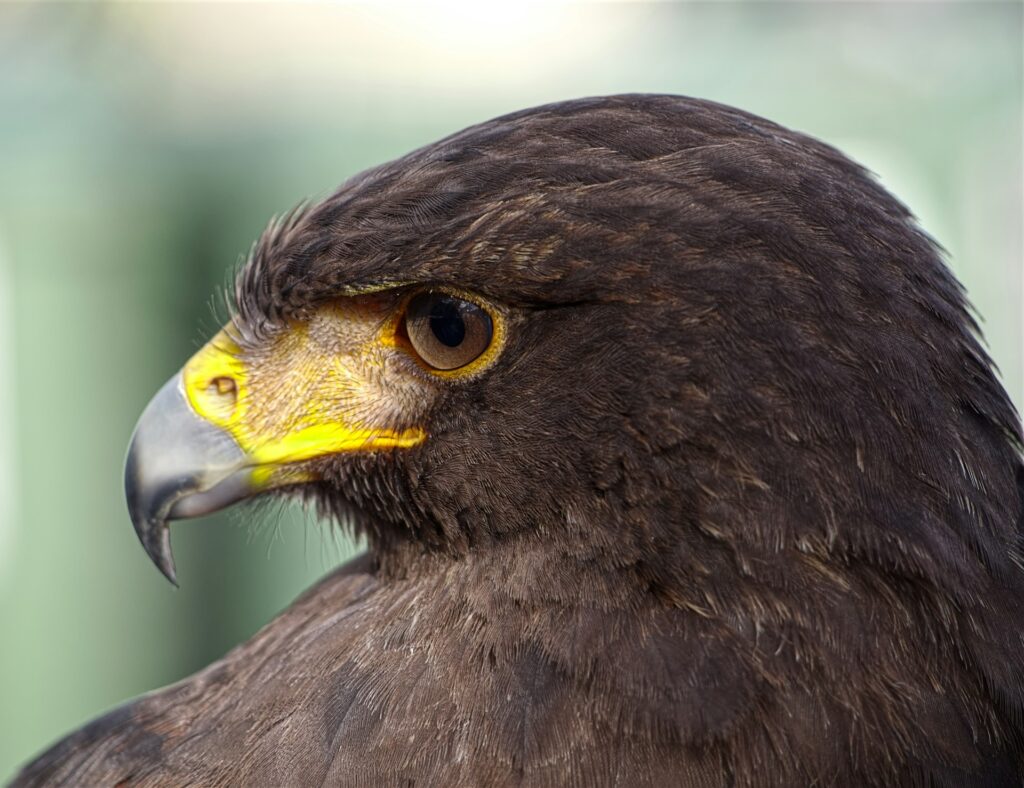
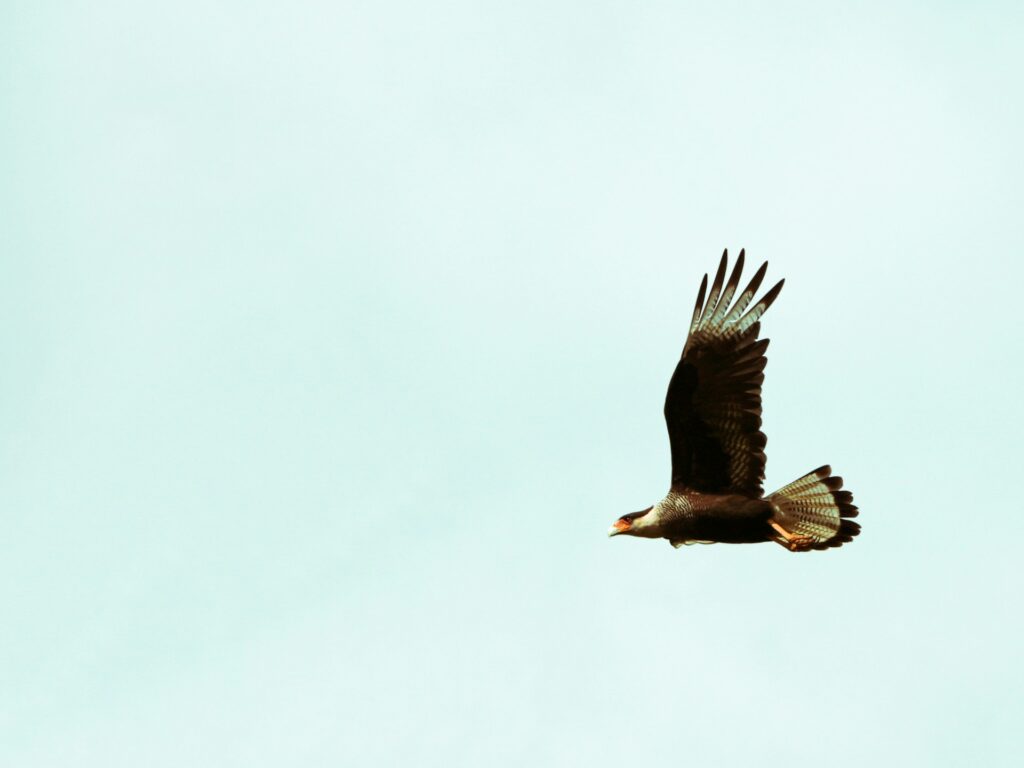
“I absolutely love my job, it’s taken me to some really cool places. I’m a big rugby fan, so working at Twickenham and with the Harlequins was a dream. I never thought my career could be so enjoyable, I love the people and birds alike.”
Despite the skill it requires, there’s still no formal qualification needed to own or fly a bird of prey in the UK. The only recognised industry standard is awarded by the Raptor Award, the expert body that certifies competence in bird care, handling and welfare. For something so specialised, it’s surprisingly unregulated, but the training required to actually handle a bird of prey speaks for itself. Falconry still sits somewhere between ancient craft and modern job, relying more on tradition and trust than paperwork.
“That’s the beauty of it, it hasn’t changed. It’s one of the few sports that we still practise traditionally. The equipment may have improved, but it’s still a very traditional sport. The birds go through a two-week training process and then we can fly them. It’s not like human labour, once they’re trained, that’s it. We just feed into their natural instincts. But, obviously, learning how to handle them isn’t as easy as that.”
Falconry is one of the oldest sports in the world, dating as far back as 2000 BC. It’s used in modern society in a much different way, but it still holds modern relevance, even alongside the development of modern technology like the ‘Rofalcon’, a robotic alternative to the feathered predator. As the name suggests, it does everything a falcon would, minus the presence of a real predator. The development of such advanced technology is hard to ignore, but nature’s guardians of the sky still hold up against modern alternatives.
“I have no preference in terms of what pest control method I use. It’s the right solution for the right situation, that’s the key to what we do. If we just used one bird for each situation we wouldn’t get results.”
So, next time you’re in the stands, with your overpriced drink in hand, waiting for kick-off, just take a moment to think about the unsung flying heroes who enable your beloved game to take place.
Sidelines Recommends
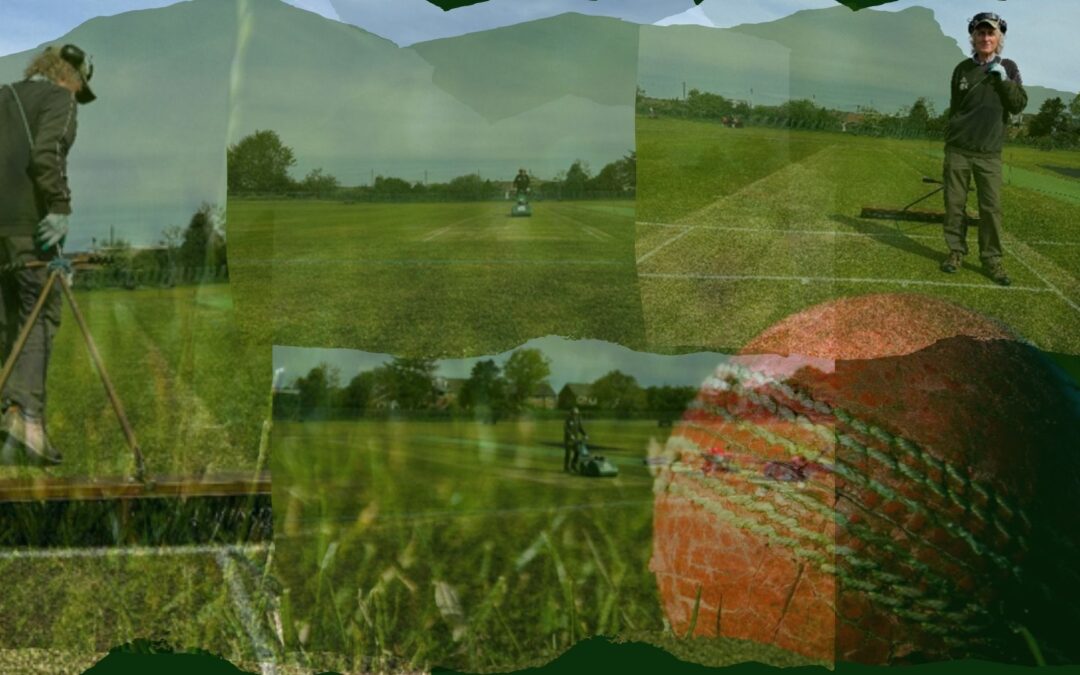
How climate change is rewriting cricket groundskeeping
Every inch of grass and millilitre of moisture in a wicket matters in cricket – but groundskeepers are being tested like never before by climate change.
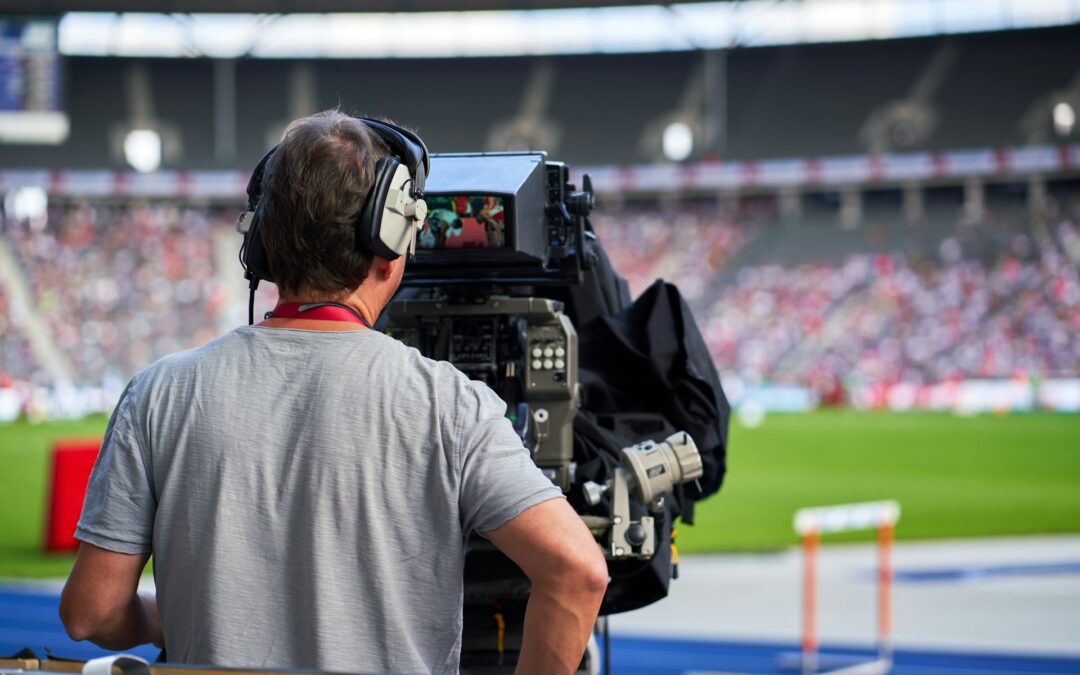
New era for Women’s Champions League as competition moves to Disney+
As Lisbon prepares to host the UEFA Women’s Champions League final between Arsenal and Barcelona, Sidelines spoke to broadcaster Kate Mason about the role of media in the competition’s future. Disney+ has since been announced as the new rightsholders ahead of the…

‘It could happen anywhere, to anyone’ – the charities saving lives in sport
Christian Eriksen’s cardiac arrest at Euro 2020 sparked conversations about cardiac health in elite sport – but what about saving lives out of the spotlight? From fundraising raffles to mobile heart screenings, meet the charities working to keep young athletes safe….

